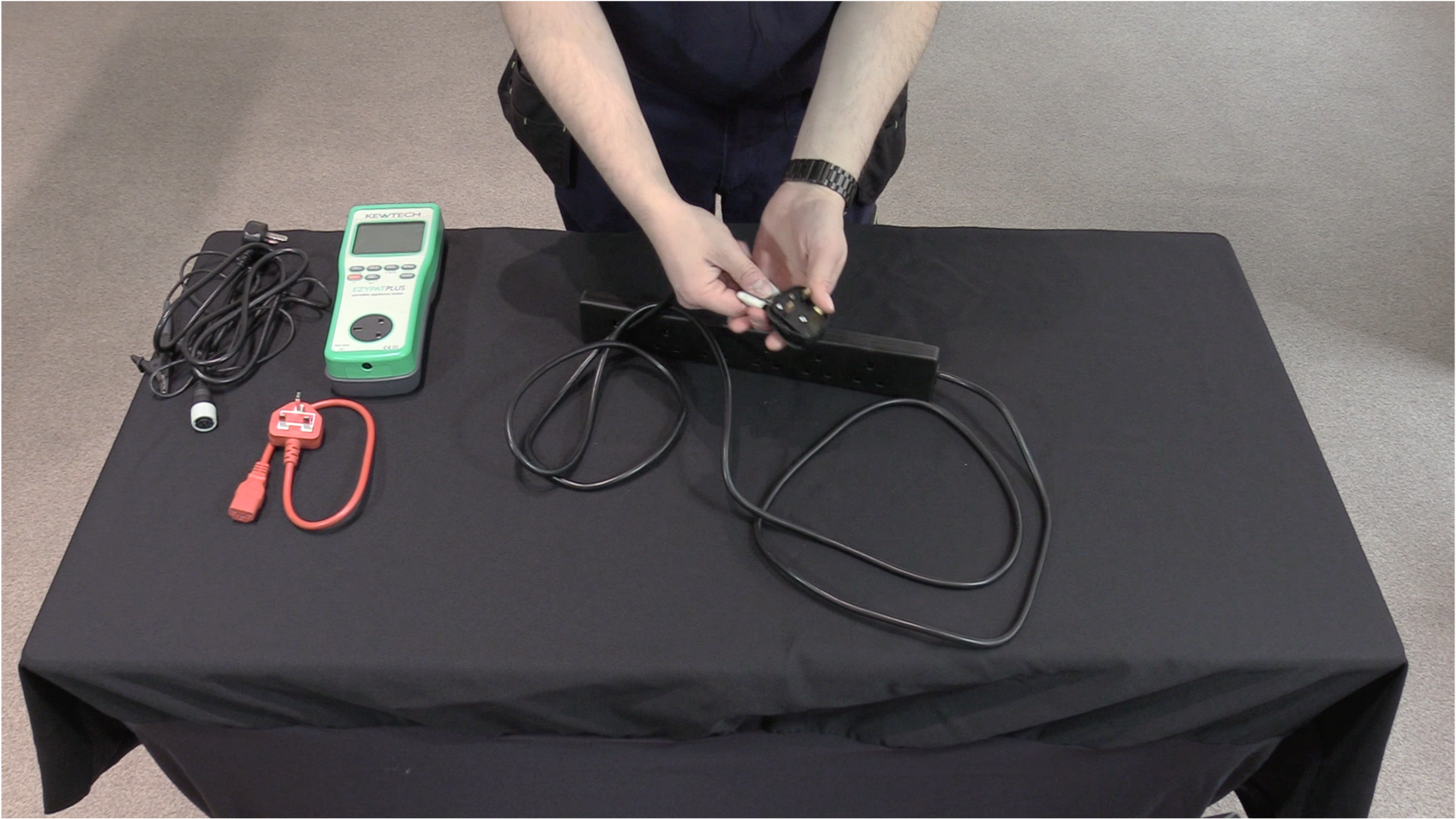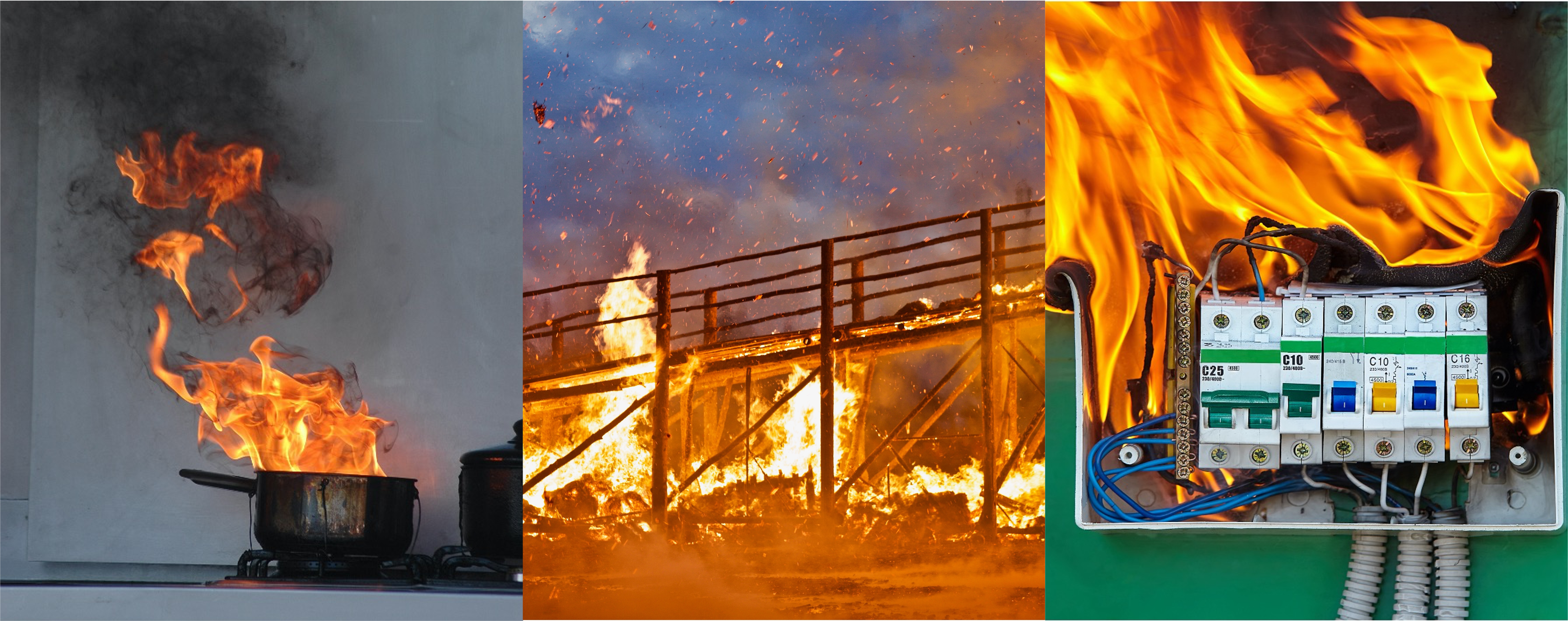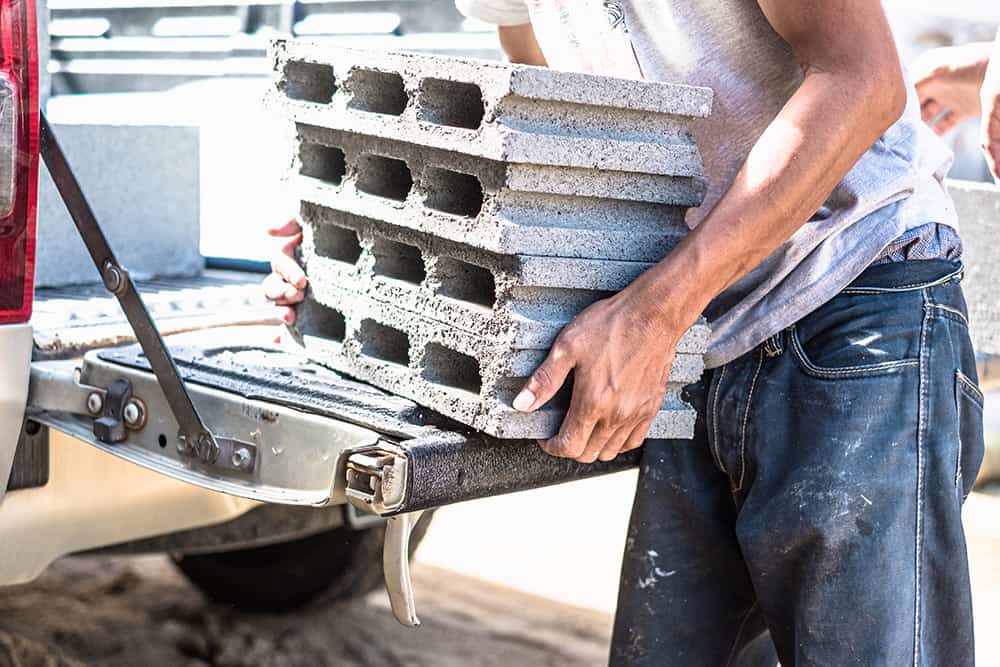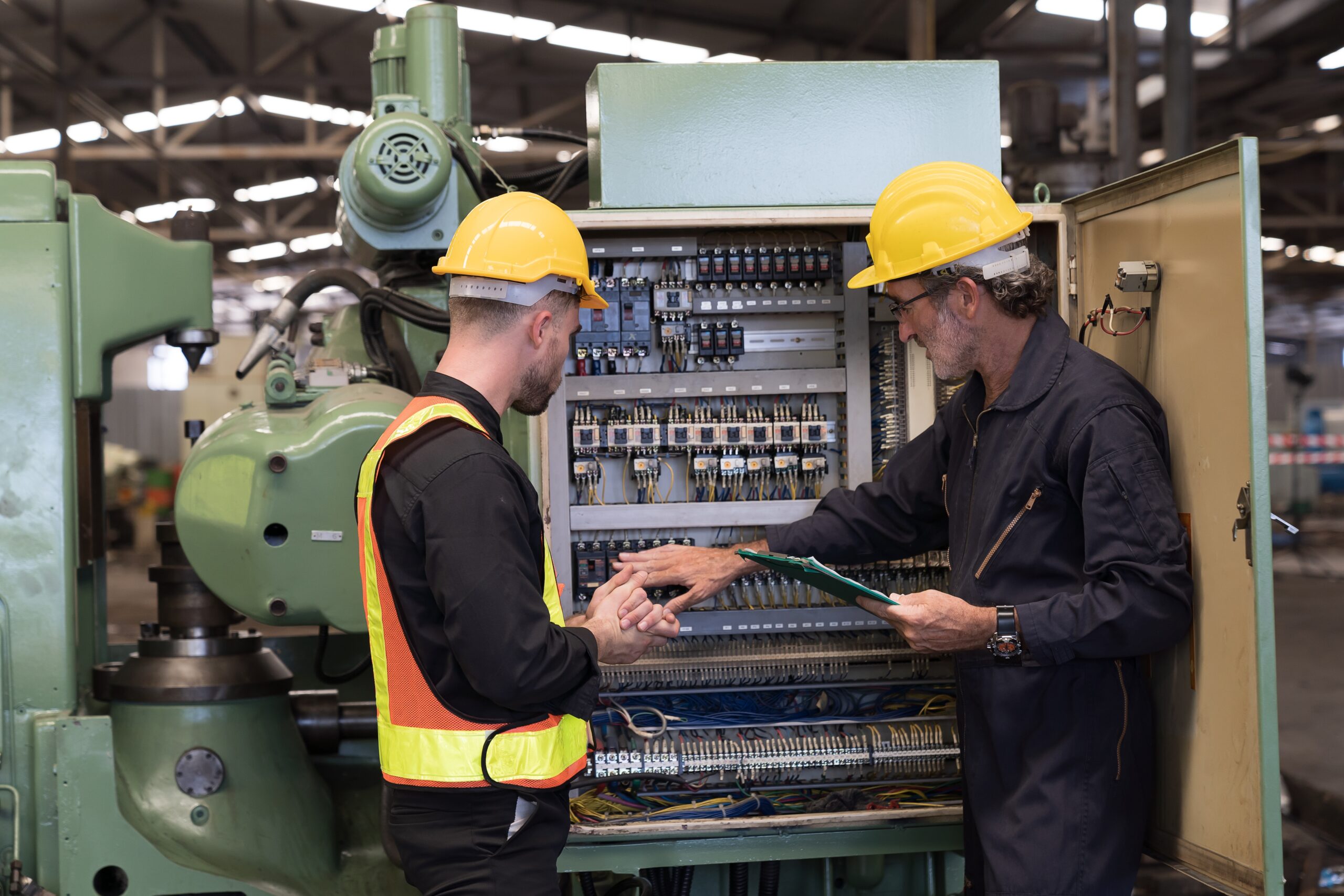
What is a Permit to Work System?
A permit to work is a system that ensures work is conducted safely and efficiently. These systems are often used in skill-based jobs in hazardous industry sectors.
Permit to work systems are key to controlling higher risk jobs. Unfortunately, research shows that these systems often deteriorate over time and give those involved a false sense of confidence. In this article, we will take a look at some of the key elements that need to be present if a permit to work systems are to operate effectively.
Essential Features of a Permit to Work System
To understand how a permit to work system works in practice, we simply need to take a look at what it does and why it is a necessity. Here are a few features of this system that make it effective:
1. Don’t Start Without One
This ingredient sounds obvious, but research shows that many accidents have been linked in the inadequate use of established permit to work systems. In other words, the system was there, but the accidents were triggered simply because the system was not used.
There are many reasons why a permit to work system might not be followed. But one common issue is the uncertainty around whether permit to work applies to a task in hand or not. Obviously, not every task requires a permit to work.
So, the dividing line between where a permit is required and not required is sometimes not straightforward.
For example, many tasks involving work at height would require a permit. Obvious examples include working on roofs, and the exterior of buildings that requires access equipment.
However, simply stepping off ground level is classed as work at height – and these low-level examples are unlikely to require a permit. Clearly, this creates a grey area in between these two extremes where it may not always be obvious to those involved whether a permit to work is required or not.
So, the message to all involved must always be to check, and double check whether a permit is required. There needs to be clear communication to never start a higher risk task such as working at height without checking, and putting into place a permit before work commences.
As a general, if the job involves any of the following elements a permit to work system is likely to be required:
- Work at height
- Heat – such as grinding and welding
- Handling flammable substances such as explosives
- Handling hazardous substances
- Exposure to electrical supplies
- Work in confined spaces
- Work involving exposed machine parts or energy supplies
Those involved must never assume that because an energy source – say an electrical supply – has already been isolated that you don’t need a permit to work. Even when isolations are in place are a permit to work is likely to be required. For example, how will workers operating in the immediate facility know about what’s happening? And, what’s stopping them from turning the energy supply back on? There will also need to be clearly defined procedures for switching energy supplies back on safely back on once the work has been completed.
2. Know How the PTW Operates – And Follow it Without Fail
A permit to work system alone does not guarantee safety. Many workers have died due of ignorance of how the system operated and their role within it.
So, all involved in a permit to work system must have received suitable online health and safety training. When the work starts all those involved must take the time to find out the details of how the system works and the particulars of the task in hand – regardless whether they are the permit issuer, worksite supervisor or frontline worker.
And remember, whilst all permit to work systems follow the same general principles – there are also many specific details that can vary from one site to another.
When those carrying out the task know what’s involved – the message must be to make sure they follow the system – every time and without fail
3. Keep Yourself and Others Informed
Never forget that the key to an effective permit to work system is communication. As a minimum, this will involve the appropriate display of the permit at the worksite, and posting in control areas, of the paperwork.
However, just as important is the verbal communication that underpins the system. There’s no substitute for talking and making sure all parties involved remain properly informed.
4. Pay Particular Attention at Shift Handovers/Temporary Suspension
Accident case study research demonstrates that permit to work systems are particularly vulnerable during shift handovers or temporary suspensions of permits.
This was one of the factors that triggered the Piper Alpha oil rig disaster – poor communication during a shift handover meant a new shift of workers had no knowledge of a permit to work job that had been instigated on a previous shift.
Misunderstandings and other mistakes during such periods are common – so it’s important to remind all those involved to be particularly vigilant at these times.
5. Workers Must Have Appropriate Trade Skills
Knowing how a permit to work system operates is only one half of being competent to work safely.
The other half is that those directly involved must have the right trade and job skills. Jobs that are subject to permits to work are by their nature of increased risk – and therefore the standards to which workers are trained is much more critical.
Therefore, training delivered, for example, via toolbox talks – will not alone suffice. This is not to say that this type of informal training is not useful or unimportant – only that there is no verification about its content or quality.
To be sure, job related training for permit to work tasks needs to be independently accredited by recognized safety organizations, trade bodies, or examination boards. This way, all concerned have assurance of the standard to which the training has been delivered and the likely level of competence of the worker involved.
Another aspect of this training relates to trade skills versus specific health and safety skills required for a job – workers need both.
For example, an electrician who has completed, say, a City & Guilds Electrician apprenticeship is likely to be competent to work with exposed electrical supplies.
However, what if the task they are undertaking also involves working at height and hot works – perhaps grinding? Their trade-based training is unlikely to have covered these areas.
Regardless of the role involved in issuing permits, supervising the work, or undertaking the actual job, all involved have a responsibility to check that the training undertaken meets the requirements of the job want to say something if there are concerns.
As a minimum, this means comparing training records against the task-based risks assessment that will have identified the main hazards involved.
If you don’t have the necessary training records, or you can’t see the training is there for others – then the message must be – do not proceed until the issue has been resolved.
6. Work With a “What If” Mentality
Remember that permit to work systems do not mean that a job is safe and that the task can proceed without further thought. If anything, it means those involved must proceed with extra vigilance and care.
Safety relies not only on following the conditions set by the permit – but constantly monitoring things to work the system. Unexpected changes in jobs or worksites are common and the terms of a permit can quickly become outdated.
Therefore, the only way safety can be assured is if all concerned have a “what if” mentality – constantly asking – what could go wrong here? Are these safety precautions sufficient? And so on.
This is where health and safety courses and competence is key – experienced workers ask and monitor these types of questions from a position of strength – they know what to look for and when risk becomes unacceptable.
7. STOP - If the Situation Changes or Does Not Appear to be Ok
What if the person carrying out a task that is controlled by a permit to work decides there is a problem – will they have the confidence and authority to stop?
Another aspect of jobs controlled by permits to work is that there is often a time pressure to finish. Areas and energy sources are routinely isolated whilst the work is undertaken – with a deadline for turning services back on.
In construction projects for example, work is often tightly scheduled. Stopping a job because of a safety concern is easy to say – much harder to do in practice.
But this is precisely what must happen, otherwise a permit to work system becomes a meaningless exercise. As we have seen – in the end someone will end up paying with their life.
Summary
In this article, we have reviewed a range of key ingredients that must be present to ensure that permit to work systems operate effectively.
Remember, a permit to work system does not mean that a job is safe and that those involved can undertake it without further thought.
To be effective, all involved must know their role; be competent to carry it out; follow the system every time; remain vigilant; and, act if a problem arises – even if this means stopping what you are doing.
Anything less than this could cost lives.






















































































































































































































































































































































































































































































